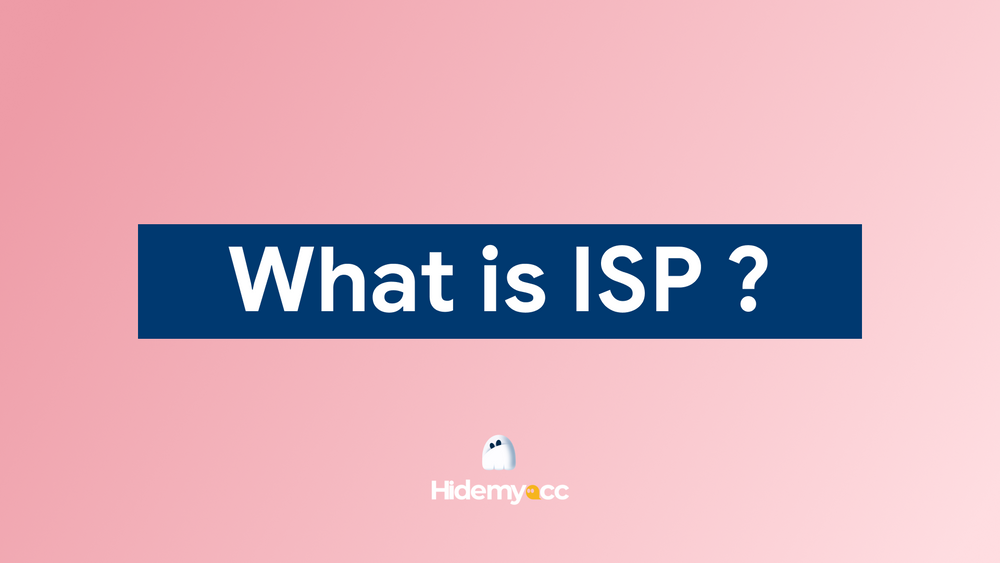In today’s digital world, the term "botnet" is often associated with significant threats to network security. So, what is a botnet, and how can we effectively prevent botnet DDoS attacks? Let’s explore these details together with Hidemyacc in the article below!
1. What is a botnet? Attack purposes of Botnets
A botnet is a network of computers infected with malware and controlled remotely by hackers. Each bot within the network can spread malicious code, deploy viruses, and launch DDoS attacks aimed at stealing data and damaging users' servers.
Botnet DDoS attacks are frequent and often large-scale, disrupting online services of businesses, banks, and more. These attacks not only degrade user experience but also lead to potential profit losses for companies.
>>>Learn More: 1.1.1.1 DNS: What Is It and How Can It Improve Your Internet Speed and Privacy?
2. 7 most popular types of Botnet attacks today
Understanding what a botnet is reveals their capacity to control and infiltrate servers, disrupting services and stealing users' personal information. These attacks affect not only individuals but also cause extensive damage to businesses. Here are the 7 most prevalent types of botnet attacks today:
2.1 DDoS attack
A DDoS (Distributed Denial of Service) attack is a common form of distributed denial of service attack. Hackers leverage a botnet to infiltrate multiple users' computers, overwhelming server resources and consuming bandwidth. This results in suspended operations and significant service interruptions.
2.2 Spam distribution attack
Attack by spreading spam is a form of using Botnet to identify important, sensitive data on a user's computer. These bots have the ability to unlock proxies SOCK v4/v5.
After activating Proxies, they will be used to distribute spam to users. Through this, they monitor data information of the user's computer and use packet sniffer and sniffer to retrieve the user's personal information.
2.3 Keylogging
In a keylogging attack, the botmaster leverages keylogging software to infiltrate servers and steal sensitive user information. This tool enables hackers to accurately capture keystrokes, such as login details for services like PayPal or Facebook, making it easier to collect valuable data.
2.4 Identity theft
Hackers can carry out identity theft by using botnets in combination with spam email campaigns. Through these emails, botnet operators lure users into clicking on fake websites where they then collect personal information. Some botnets even impersonate government agencies or organizations, requesting sensitive details like ID numbers, account information, credit card numbers, and tax codes.
>>>View More: Why Use 8.8.8.8 DNS? Improve Your Browsing with Google’s Public DNS
2.5 Pay-per-click exploitation
Understanding what a botnet is and how botnet attacks work can help users stay cautious of certain advertisements that appear when browsing the web.
Google’s advertising model pays website owners based on ad clicks. Exploiting this system, botnet-infected computers are programmed to automatically visit targeted websites and click on ads. This artificially increases website traffic, misleading Google and advertisers, and ultimately results in ad revenue manipulation.
2.6 Botnet Spread
Cybercriminals can spread botnets by enticing users to download virus-infected applications and programs. This often occurs through channels like email, HTTP, or FTP, where users unknowingly install malicious software that integrates their devices into the botnet.
2.7 Adware
While computers frequently display legitimate advertisements, some may be replaced by fraudulent adware. This malicious software often contains harmful viruses that infect a user’s computer system when they click on these deceptive ads, integrating the device into a botnet or compromising its security.
3. Harmful effects of DDoS Botnet on businesses
DDoS botnet attacks have serious consequences for businesses and organizations. Here are some of the harmful effects caused by DDoS botnets:
-
Service interruption: When under a DDoS attack, a business's online systems and services are overloaded, leading to disruption or outage. At that time, users will not be able to access the system and directly affect the user experience.
-
Loss of control: When a Botnet invades, hackers will take control of devices on the network, causing businesses to lose control of their systems. Actions include spamming, spreading malicious code, DDoS attacks, data theft, etc., seriously affecting the operations and business activities of businesses.
-
Financial loss when attacked by Botnet: When businesses are attacked by Botnet, they have to face huge fees to respond and restore the company server system to normal state. Besides, the system is attacked and paused, which will affect work performance and the company's profits.
-
Vulnerabilities in data security: Botnets can exploit vulnerabilities in the system to steal sensitive data of customers and businesses such as customer records, financial records, business strategies, etc., leading to leaks. serious information and loss of trust from customers.
4. Instructions on how to effectively prevent DDoS Botnet
Understanding what a botnet is is crucial for combating common botnet attacks, such as DDoS, to protect business systems and data. Below, Hidemyacc provides a guide to the most effective ways to prevent DDoS botnet attacks:
4.1 Use firewalls and intrusion detection systems (IDS/IPS)
Firewalls serve as a protective barrier between the internal network and public networks, helping to monitor and block unsafe packets from entering the system. Intrusion Detection Systems (IDS) monitor network traffic and alert users when unusual activity is detected. In contrast, Intrusion Prevention Systems (IPS) not only detect but also automatically respond to attacks by disconnecting or adjusting the firewall. The combination of firewalls, IDS, and IPS provides enhanced protection against botnet attacks.
4.2 Enhance Web application and API protection (WAAP) solutions
Web Application and API Protection (WAAP) solutions protect web applications and APIs from attacks like SQL injection, XSS, API vulnerabilities, and DDoS botnet attacks. By monitoring traffic and identifying unusual behavior, WAAP helps maintain system availability. Additionally, WAAP can block invalid activity and detect emerging botnet attack patterns.
4.3 Using CDN server
A Content Delivery Network (CDN) is an effective tool in combating botnets. CDN servers distribute the load from the origin server to multiple secondary servers globally, reducing strain on the main server. This setup also mitigates DDoS botnet attacks by redirecting attack traffic to nearby high-performance Points of Presence (POPs).
Furthermore, CDN servers offer tools for monitoring and analyzing network traffic, allowing for early detection and blocking of suspicious botnet activity, such as unusual traffic from a single IP address.
4.4 Closely monitor network traffic
Monitoring network traffic is an effective method for early detection of suspicious activities within a system. By using real-time network traffic analysis tools, you can quickly identify anomalies, such as sudden traffic spikes or excessive requests from a single IP address. This proactive approach helps prevent botnet attacks before they can harm business systems.
While defending against DDoS botnet attacks requires robust network-level security solutions, such as firewalls and professional anti-DDoS services, it’s also essential to secure individual accounts and manage multiple online accounts carefully to avoid being targeted by malicious actors.
Through the information shared above, Hidemyacc hopes you now have a clearer understanding of what is a botnet and the harmful effects it can have on your computer system. This knowledge can help you stay vigilant and implement effective preventive and remedial measures when encountering network security issues.
Recommended Reads:






